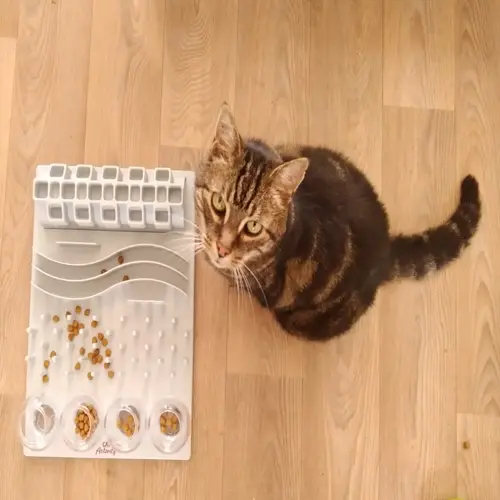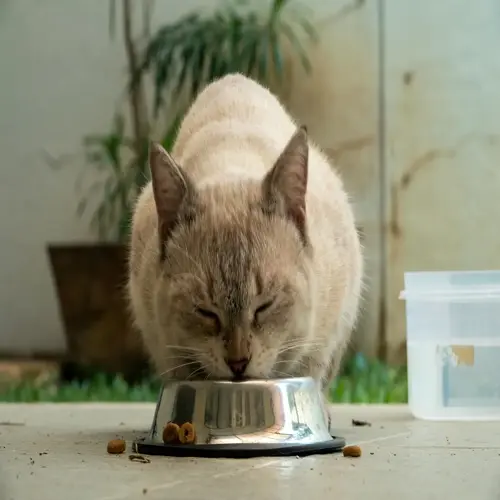Can environmental changes cause hiding?

Written by
Robert Brown
Reviewed by
Prof. David Walsh, Ph.D.You can shift your furniture around, and all of a sudden, where did kitty go? Environmental changes inspire hiding, for cats depend on a consistent territory. Security rests upon familiar mappings of smell and arrangement of space. I've seen zillions of cats react like this in my practice. Even a slight alteration feels like an invasion to their sensitive perception.
Household Disruptions
- Furniture moving altering established pathways
- Renovations introducing unfamiliar sounds and smells
- New appliances creating unusual vibrations
Social Changes
- New family members reducing personal space
- Visitors staying overnight creating disruptions
- Additional pets invading established territory
Routine Shifts
- Altered feeding times exceeding 3 hours
- Different work schedules changing interaction patterns
- Vacations disrupting daily rhythms
Whenever manageable, make changes gradually. Move furniture a few inches at a time rather than by feet. Introduce new people for very brief, supervised visits. Try to maintain feeding schedules within 30 minutes of each other. These actions respect your cat's desire for both predictability and control.
Keep scent continuity during transitions. Rub your towel on your cat's cheeks, and then use it to wipe down new items. Do not clean every surface thoroughly at the same time. Leave their bedding as is. This will help maintain their scent landmarks as they transition to a new environment.
Be aware of stress signals, such as excessive grooming or changes in appetite. Observe increased hiding durations. Create some temporary safe spaces where your cat will not be at risk of being disrupted. If the hiding behavior continues for more than one week, reach out to a feline behavior specialist for customized solutions.
Read the full article: Cat Hiding Behavior Explained: Causes and Solutions

